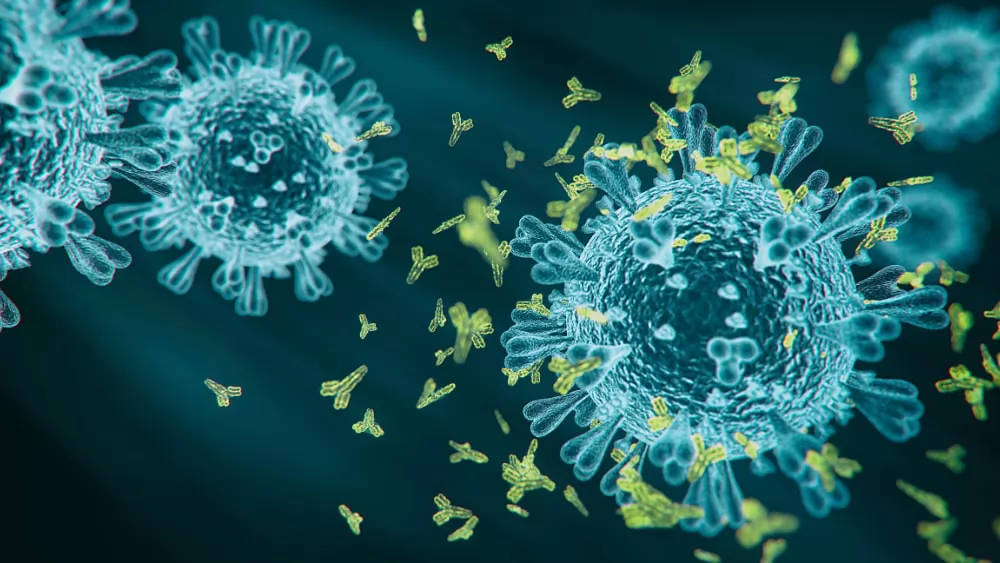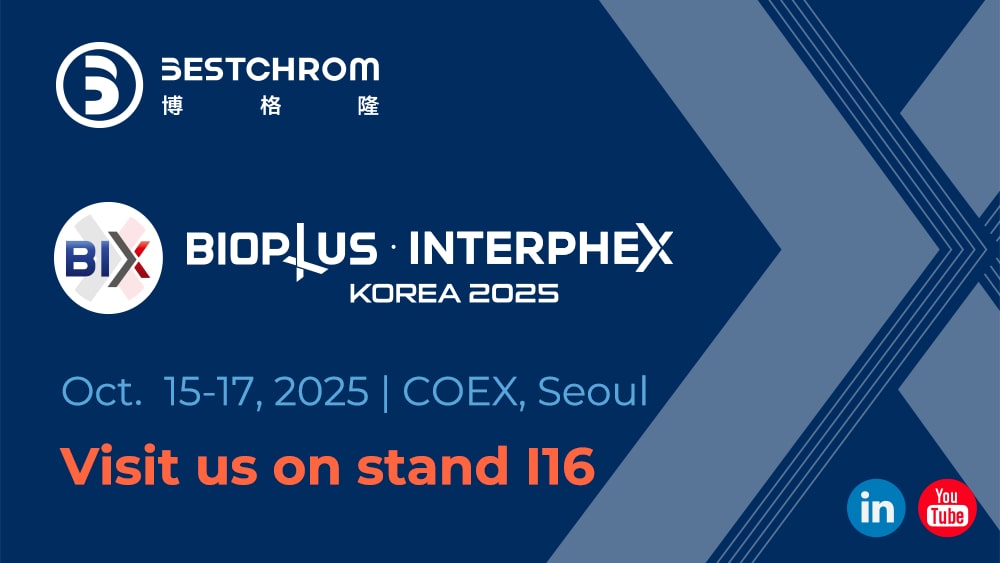The charge heterogeneity reduction strategy in antibody downstream process

Article Directory
The definition and formation of charge heterogeneity
Antibody is complicated polymer structure, which presents heterogeneity in Mol.Wt, charge and hydrophobicity. The formation of charge heterogeneity is caused by divergence of charges in antibody surface. Based on the property of net charges, charge heterogeneity can be categorized into acidic variants, main species and basic variants. Charge heterogeneity is of paramount impact on the efficacy and safety of antibody products, especially acidic variants, which will significantly impact pharmacokinetics. Thus, it is a priority to reduce the proportion of acidic variants in the process development of bio-pharmaceuticals.
Analytical method of charge heterogeneity
Analysis of charge heterogeneity will commonly use the following methods, specifically, Isoelectric focusing (IEF), Capillary isoelectric focusing (cIEF), Imaged capillary isoelectric focusing (icIEF) and ion exchange chromatography(IEX). Among which, IEF and IEX constitute the base of any charge analysis and separation technologies. In particular, IEX can serve as a golden benchmark for the analysis of charge heterogeneity. Since most therapeutic antibodies have basic pI, cation exchange (CEX) chromatographt is therefore widely acknowledged IEX technology. More specifically, acidic variants are eluted before the main peak while basic variants are eluted far later than main peak. The situation will be vice versa to anion exchange (AEX) chromatography.
Downstream adjustment and control of charge heterogeneity
Charge heterogeneity will primarily depend on the adjustment and control of upstream process, including development of cell strain, optimization of culture medium as well as the adjustment of harvest and storage methods. Despite of the less significant effect of downstream adjustment and control compared to its upstream counterpart, it can improve the proportion of acid-base peak to some extent. The adjustment will generally start from resin selection and elution condition optimization.
The selection of resin
IEX ranks on the top of the list of charge heterogeneity separation methods in process development and large-scale production. The resin selection can be conducted in terms of flow rate, binding capacity and selection. SP Bestarose FF is strong CEX resin obtained by couplings sulfopropyl groups on cross-linked agarose beads. Due to its advantage including fast flow rate, high binding capacity and mature technology, plenty of application cases are widely available.
Diamond CD-S resin is obtained based on the new generation of high rigidity 60μm agarose beads. Thanks to its merits of high binding capacity, fast flow rate and high resolution, the resin has been applied in the intermediate step of antibody drug purification. MegaPoly BXS uses polystyrene-divinylbenzene (PSDVB) to make its 50 μm beads.
Meanwhile, its big through-pore and diffusive pore can provide high dynamic binding capacity will still reducing the negative impact of diffusion, providing it with broad application prospect in bio-pharmaceutical sector. Besides, mixed-mode chromatography resins Diamond MMC and Diamond MMC Mustang show different selectivity from conventional CEX resins, providing more possibility for the exploration of charge heterogeneity removal.
The optimization of elution condition
In the process development for salt or pH gradient, it mainly focuses on the optimization of salt or operational pH range via DOE. In the optimization of salt gradient, pH selection based on target protein stability shall be completed before the screening of salt type(usually is NaCl) and concentration. Similarly, in the process optimization of pH gradient, pH range optimization shall start from relatively low ionic strength.
Conclusion
Currently, the capacity of charge heterogeneity removal via purification technology is still very limited. An in-depth research in the forming mechanism of charge heterogeneity and its binding property with ligands, will dramatically improve separation performance of downstream process and therefore relieving the pressure on upstream R&D.









.png)


